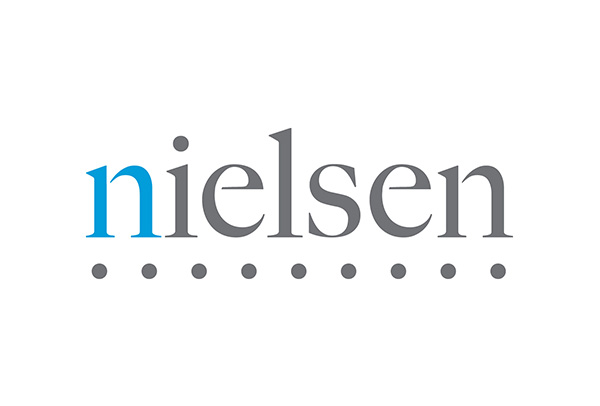
For on-the-go consumers with limited time between the end of the workday and dinner time, meal kits offer an alternative to take-out options and researching possible meal recipes. Delivered directly to households or picked up from grocery stores in prepacked portions, meal kits include portioned ingredients and easy-to-follow instructions, allowing consumers to skip extensive meal prep and dive right into preparing their meals.
In the U.S. one in four adults has purchased a meal kit, for delivery or in-store, in the last year, and 70% continue to buy them after making their first purchase. In addition to saving time from shopping, preparation and cooking, many consumers continue buying meal kits because they offer new and healthy recipes. With 60% of Americans using diet to help prevent ailments, the inclusion of fresh foods and easy-to-follow recipes make meal kits a simple option for those looking to manage their health and diets.
While consumers across the shopper spectrum purchase meal kits, certain groups are more interested in them. For example, men are 40% more likely to purchase kits than their female counterparts across all generations, while Millennials and Generation X consumers are 321% more likely to purchase them than older generations. Busy families with children are also enjoying the convenience and healthy options meal kits have to offer, purchasing them 326% more than households without children.
When it comes to meal kits, shoppers have a lot of perceptions that can be instructive for retailers and manufacturers. Eighty-one percent of consumers feel that meal subscription services are healthier than the prepared options at grocery stores. And while many consumers prefer to choose their own produce, 92% are satisfied with the quality of produce included in their meal kits, and 91% say they’re satisfied with the quality of the meat packaging.
While consumers who purchase meal kits are generally satisfied with the options available to them, retailers have an opportunity to improve their offerings to better meet consumer needs. Almost half (46%) of U.S. consumers say they would be more likely to purchase a meal kit if it were less expensive, 86% would like the ability to add dessert to their meal kit and 36% would like to be able to buy kits in their local grocery store.
For the year ended March 4, 2017, meal kits in U.S. grocery stores generated $80.6 million in sales, up 6.7% over the previous year. With today’s consumers 12% more likely to make impulse purchases in-store and more than one-third looking to purchase meal kits in store, grocery stores have an opportunity to assemble the same meal components at an affordable price to open up this expanding market.
METHODOLOGY
The insights in this article were derived from Nielsen’s The Mindset of the Meal Kit Consumer study, March 2017.
You might also be interested in reading Profitero’s recent analysis published in Supermarket News: Capitalizing on the Online Wellness Trend.


























